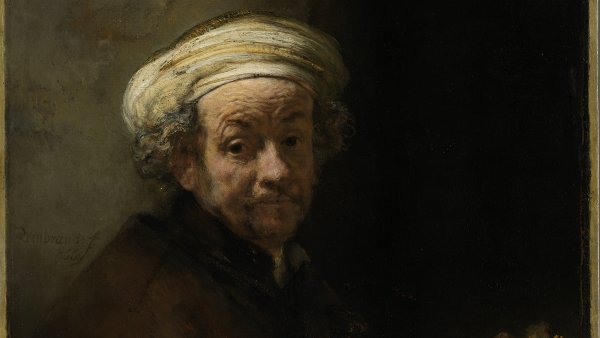La Chiquita Piconera by Julio Romero de Torres
To mark the 150th anniversary of the birth of the painter Julio Romero de Torres (Córdoba, 1874 - 1930), the Museo Nacional Thyssen-Bornemisza will be temporarily displaying one of the artist’s most celebrated works, La Chiquita Piconera (Girl with a Carbon Brazier), painted between 1920 and 1930 just before his death and considered his pictorial testament.
Loaned by the Museo Julio Romero de Torres in Córdoba and with the support of the City Council of Córdoba, the painting can be seen until 28 July within the display of the permanent collection in Room 45, a gallery devoted to inter-war Realist movements. It will be shown alongside works by artists such as Pablo Picasso, Max Beckmann, Otto Dix, George Grosz and Balthus, among others.
La Chiquita Piconera can be considered the apex of Romero de Torres’s pictorial achievements and a compendium of all the key elements that define his painting. Employing an almost photographic technique in the treatment of the planes, the artist captures the intimate essence of a humble room in which a teenage girl, the model María Teresa Lopéz, is seated behind a copper brazier, looking directly and intensely at the viewer. A half-open door reveals a view of the Cordovan landscape under an evening sky, including the Guadalquivir river, the Roman Bridge, the Paseo de la Ribera and the Torre de la Calahorra.
At the end of his life Romero de Torres returned to themes he had depicted in his youth in order to go beyond social critique. This portrait presents all the harshness of its subject’s marginalised life, in an image charged with melancholy and sensuality. Employing his unique pictorial language, the artist summed up his life and work, his way of understanding painting and what he wished to express through it.



